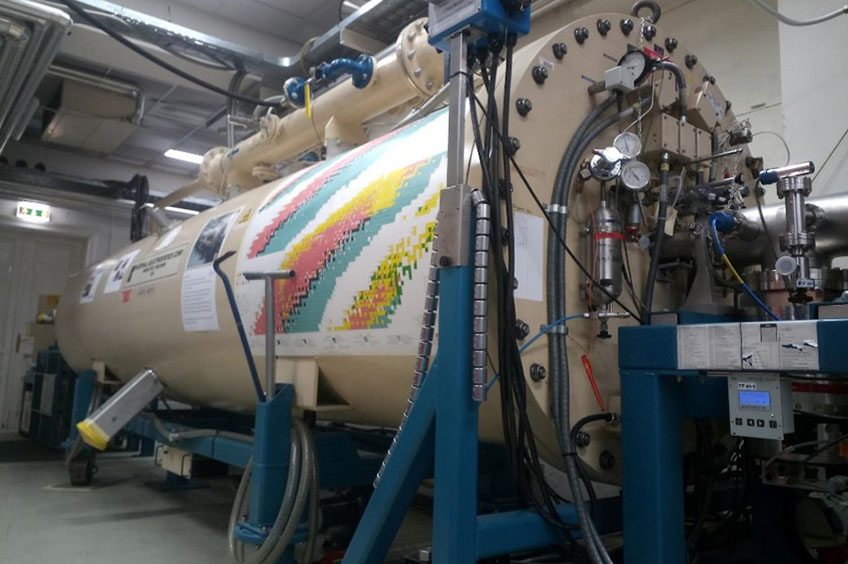HEAS Member Peter Steier publishes paper on dating Austria’s Lake Neusiedl
More On Article
- "Archäologie am Berg". Public Weekend of Archaeology in Hallstatt in September.
- 2023 CALL FOR NOMINATIONS - The Rohlf Medal
- 20th anniversary of the Laboratory for scanning electron microscopy at the Vienna Institute for Archaeological Science (VIAS), University Vienna, 14.11.2024, 15:00
- 3D visualization of bioerosion in archaeological bone
- A comparative archaeometric study of Late Bronze Age Black Lustrous and Red Lustrous Wheel-made wares from the Eastern Mediterranean

One controversial question to date has been how long Lake Neusiedl has existed. Because there was no reliable evidence, estimates ranged from thousands to millions of years. In a joint endeavour, scientists from four Austrian universities have now succeeded in narrowing down the age of Lake Neusiedl to around 25,000 years.
Stephanie Neuhuber from the Institute of Applied Geology at the University of Natural Resources and Life Sciences (BOKU) Vienna, under whose leadership the study was carried out, is surprised by this age, which coincides with the peak of the last ice age, as it was actually particularly dry at that time. The age was determined by radiocarbon dating of carbonate minerals formed in the lake water and deposited in mud on the lake bed.